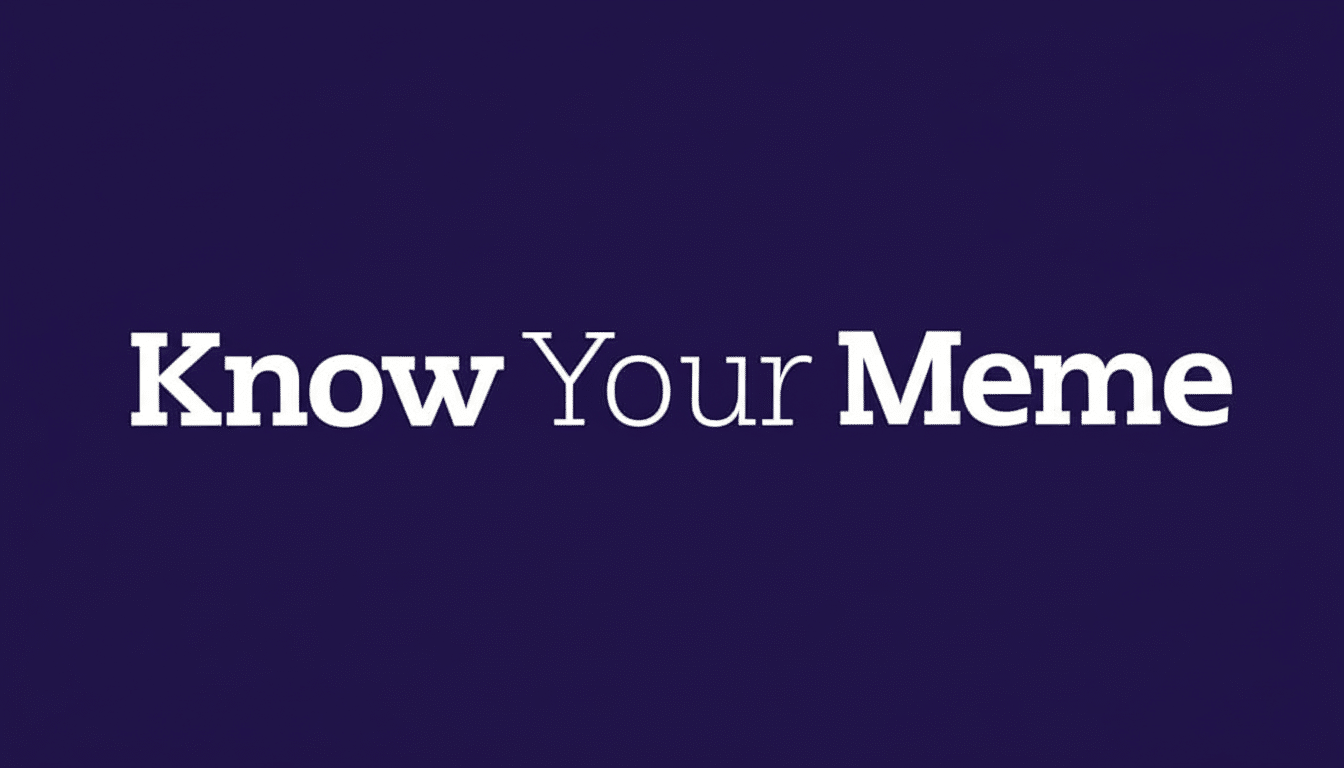If you’ve overheard children repeating “six, seven” and wondered if you missed a math lesson, fear not. “6-7” isn’t a riddle to solve, but the viral sound of an inescapable chant rooted in real‑world nonsense, complete with a bouncy hand motion that makes ordinary moments into borderline jokier ones.
“6-7” is essentially just a tight little sound bite folks play to hype themselves up, swoosh their own hair around, and have some silly fun.
- Where the ‘6-7’ viral chant and meme comes from
- How it became a real‑world emote kids now use
- What kids are saying when they say it, in context
- Why it’s traveling so fast on TikTok and beyond
- What you should really worry about with this trend
- Common cases where you might hear ‘six, seven’
- How long will it last as a trend among kids?

It’s not code, it’s not secret slang, and there is no secret meaning beyond the joy of saying it.
Where the ‘6-7’ viral chant and meme comes from
The phrase comes from the song “Doot Doot” by rapper Skrilla, in which they say the words “six-seven” and add a particular rhythm. Know Your Meme, a site that documents the trajectory of viral clips, has an entry for the rise of the clip and points out that listeners frequently associate the phrasing with Philly street references.
But the leap from lyric to cultural catchphrase took place on TikTok, where sounds fuel discovery. Creators snatched up the “6-7” snippet for sports edits, particularly highlight reels of athletes who stand 6 feet 7 inches high — say, N.B.A. guard LaMelo Ball — and the combination worked like a charm.
How it became a real‑world emote kids now use
The noise didn’t just remain on screen. A courtside video of a kid chanting “six, seven” with an up‑and‑down wrist motion turned it into a physical bit — an emote, in gamer language. It all started as an audio meme, which has evolved into a mini-dance you can drop at any occasion.
If your kid plays Fortnite, Roblox or watches streamers, it’s a familiar concept. An emote is a brief, animated move for kicking back, showing excitement or celebrating another player’s performance. “6-7” was a perfect fit for that logic: low effort, immediately recognizable, infinitely replicable.
What kids are saying when they say it, in context
Most often, it means nothing more than “Let’s act silly together.” Linguists refer to this as phatic communication — sounds that serve to build social bonds rather than convey literal information. That same dynamic also drove earlier nonsense trends like “skibidi” chants and other playful catchphrases.

Also, because the phrase is content-free, it’s versatile. Kids will use it as a hype chant following a big play, while walking by a friend, or when any conversation falls silent. The shared joke is the point.
Why it’s traveling so fast on TikTok and beyond
Audio that is short and punchy spreads because TikTok is designed around sound pages and reuse. A viral snippet gives millions of users that same building block, and small changes — basketball edits, classroom bits, family skits — build the visuals to snowball visibility.
There’s also scale. According to Pew Research Center, about two‑thirds of U.S. teens use TikTok and roughly 1 in 6 say they use it almost constantly. And teen daily screen time has not come down, according to Common Sense Media, leaving fertile soil for speedy, sound-driven imitation.
What you should really worry about with this trend
In itself, “6-7” is harmless. It’s not about potty words or veiled slurs. Like any mantra, it’s about tone and aim — if it’s used to ridicule a person, that’s a behavior problem, not a meme one. The answer is context and conversation, not panic.
If it’s making it impossible to have class or dinner, set boundaries the way you would with any habit: choose a time and place for silliness. Schools frequently accomplish this by diverting trends through pep rallies or breaks rather than ban them outright.
Common cases where you might hear ‘six, seven’
- Following a three-pointer in a youth game, the crowd chants “six — seven” as they bob their hands up and down.
- Two friends meet in the hallway; one says “six,” the other replies “seven,” and they both laugh — the interaction is a sign of in‑group inclusion.
- A child overhears a reference to heights or jersey numbers and parrots back the bit because the numbers are merely an excuse to cue up the emote.
How long will it last as a trend among kids?
Audio memes typically have short half‑lives. Contracted music becomes a game of hot potato, where, as soon as something sticks to For You feeds, creators switch over to the next available track — especially in an age of remix fatigue when editable audio is never more than a few taps away. “6-7,” then, will fade from popularity just as quickly as it ascended, with its legacy sustained largely through compilation videos and inside jokes.
Meanwhile, if you hear “six, seven,” you’re experiencing a modest social glitch in the matrix: a catchy sound clip escaping the power of the phone and transforming everyday life into something like collective play.

